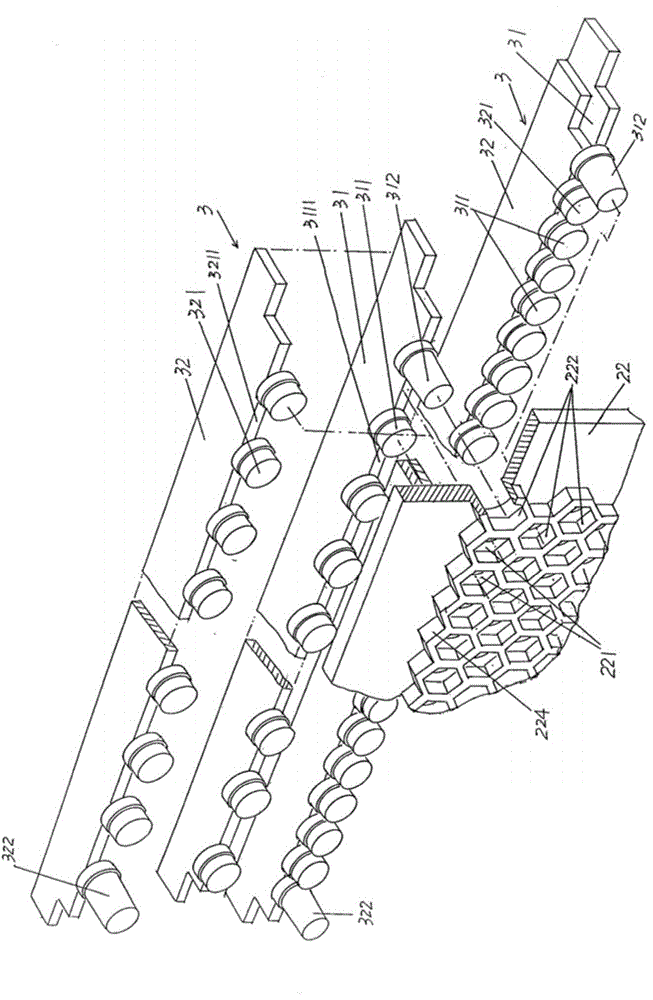Larva-migration-free beehive honey collecting device
A technology of moving insects and collecting pulp, which is applied in beehives, beekeeping, applications, etc., can solve the problems of decreased egg production of queen bees, affecting the output of royal jelly, and non-approval.
- Summary
- Abstract
- Description
- Claims
- Application Information
AI Technical Summary
Problems solved by technology
Method used
Image
Examples
Embodiment Construction
[0028] In order to enable the examiners of the patent office, especially the public, to understand the technical essence and beneficial effects of the present invention more clearly, the applicant will describe in detail the following in the form of examples, but none of the descriptions to the examples is an explanation of the solutions of the present invention. Any equivalent transformation made according to the concept of the present invention which is merely formal but not substantive shall be regarded as the scope of the technical solution of the present invention.
[0029] What the applicant needs to explain is that in the following descriptions, all directional or directional concepts such as up, middle, down, left, middle, right, front and back are based on the position status of the current illustration. Therefore, it cannot be construed as a specific limitation to the solution of the present invention.
[0030] See figure 1 and figure 2 , the spawning room frame 1...
PUM
 Login to View More
Login to View More Abstract
Description
Claims
Application Information
 Login to View More
Login to View More - R&D
- Intellectual Property
- Life Sciences
- Materials
- Tech Scout
- Unparalleled Data Quality
- Higher Quality Content
- 60% Fewer Hallucinations
Browse by: Latest US Patents, China's latest patents, Technical Efficacy Thesaurus, Application Domain, Technology Topic, Popular Technical Reports.
© 2025 PatSnap. All rights reserved.Legal|Privacy policy|Modern Slavery Act Transparency Statement|Sitemap|About US| Contact US: help@patsnap.com



